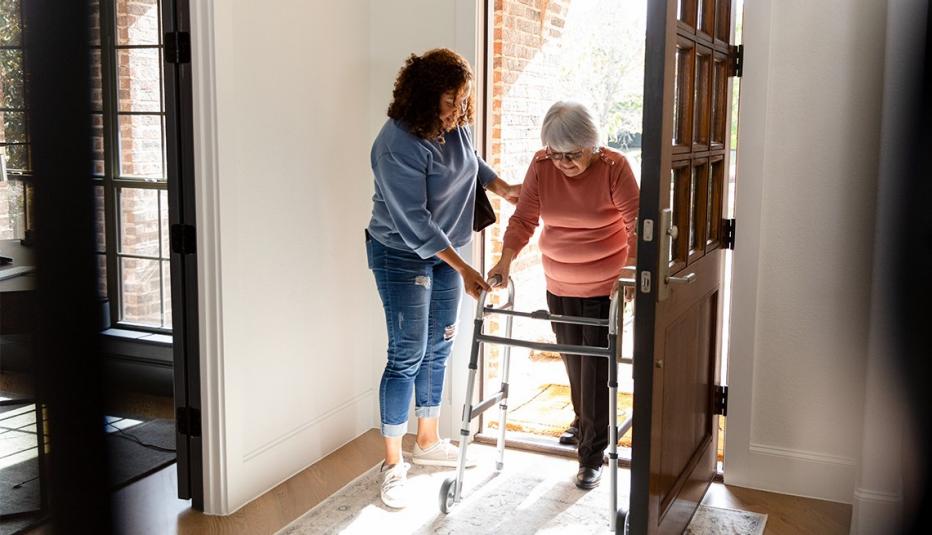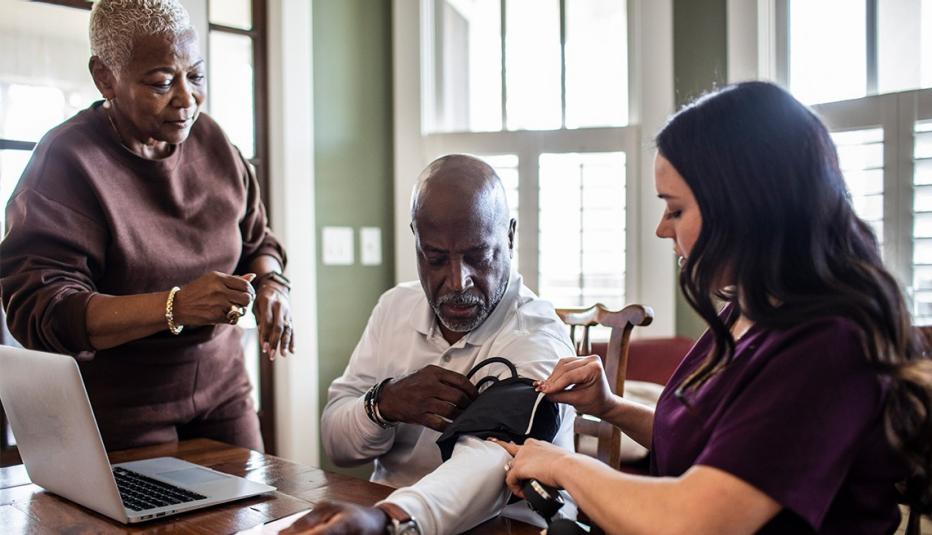AARP Hearing Center
Midlife adults express general satisfaction with health insurance coverage, albeit with caveats.
Most midlife adults have health insurance coverage through their own or their spouse/partner’s employer and have had their current health insurance coverage for more than five years. Among those with health insurance, satisfaction is highest with the quality and availability of health care providers and hospitals. Recent experiences with health insurance plans are generally related to cost and coverage and, for those who experienced difficulties with their health insurance plan, cost and coverage issues were most common along with decisions to delay or forgo care.


Although adults 40–64 with health insurance coverage are generally not concerned about losing it within the next year, among those with employer-sponsored coverage, most believe they need to stay in their current job to keep their health insurance. This belief is stronger among women, with more than half saying they think they need to stay in their current job to maintain their health insurance compared to four in ten men who say the same thing.
The costs of health care and medical debt plague many midlife adults.
Receiving medical bills they could not afford to pay or not having enough money to buy nutritious food are the top concerns of midlife adults in the past 12 months, with women more likely than men to report difficulties in paying their medical bills or being able to afford nutritious food.
More than one-quarter of adults 40–64 have some form of medical debt, most often from doctor’s visits, diagnostic tests and fees, and hospital bills. This medical debt may be especially challenging for the 4 in 10 adults who have debt of $2,000 or more. Additionally, one-fifth of those without medical debt reported receiving an unexpected bill from a medical provider, and 3 in 10 said they were unable to pay it. This lack of confidence in paying unexpected medical bills indicates a vulnerability to financial shocks that may affect those without adequate insurance or a monetary cushion.
One-quarter of midlife adults consider an individual health insurance premium of $100 per month to be unaffordable. Although there is little variability across age groups in what is considered an unaffordable health insurance premium, women are more likely than men to say an insurance premium of more than $150 a month is unaffordable. Perhaps not surprisingly, then, roughly half of adults 40–64 consider reducing the cost of monthly health premiums as the most important affordability issue for policymakers to address.
Methodology
These findings are based on a survey conducted online and by phone (landline and cell) in August 2024 to delve more deeply into the views of adults ages 40–64 related to health care and health care costs. The study was conducted by NORC at the University of Chicago using its AmeriSpeak® Panel. The survey interviews averaged 12 minutes in length, and the sample of 1,694 Americans 40–64 was weighted to represent the 40–64 general population in the United States.
For more information, please contact Teresa A. Keenan at tkeenan@aarp.org. For media inquiries, please contact External Relations at media@aarp.org.



































































